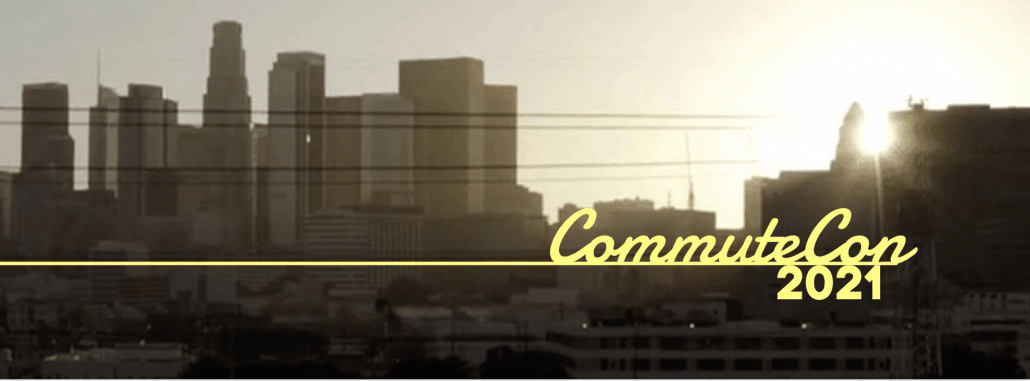The great thing about starting fresh
If you’re an experienced employee transportation program leader, you probably know a lot about which strategies are effective and which ones aren’t. In recent years, behavioral science has been helping to clarify why certain things just work. One of the interesting presentations from CommuteCon 2020 examined new commuter initiatives through the lens of behavioral science, highlighting findings you’ll want to know about as you ramp up to launch yours. One principal that can be applied anywhere is the “fresh start effect.”
What is the fresh start effect?
People tend to take strong action in pursuit of a new goal in response to an outside prompt or time-based landmark. Researchers call this the “fresh start effect.” These temporal markers can include significant changes in a person’s life: moving to a new city, changing homes, or changing jobs mark excellent examples.
- New Year’s resolutions
- Anniversaries of events
- New work schedule
- New work location
- Restarting the commute after working remotely
- “I’ll start next month”
- “I’ll start on Monday”
- “I’ll start after my birthday”
Employers can also help commuters create their own fresh starts. For example, a bike challenge may motivate some employees to try cycling for the first time. When a new cyclist has a positive experience, that’s a great time to encourage them to commit to a long-term change.
Timing matters when it comes to new commuter programs
Researchers note that people often commit to new behaviors with more energy and focus when a “fresh start” event prompts them to do so. This fascinating behavioral phenomenon highlights strategic benefits for commuter engagement. If you can take advantage of a “fresh start effect,” you can significantly boost the likelihood of creating new habits. Position your programs to take effect after a long holiday, when the month turns over, or when the season changes. Emphasize the change and appeal to personal reasons commuters might have for wanting to make a coincidental change themselves.
Don’t miss your biggest fresh starts
A campus move or a shift from remote work to a hybrid work arrangement may represent a major fresh start opportunity for large groups of your employees. Many organizations are timing big changes in parking and transportation options to coincide with these transitions, when employees are more open to doing things differently. This is making huge upgrades to the commuter experience possible without disrupting routines.
To hear more about research on timing and other factors in creating behavior change, check out this ten-minute talk from Jessica Roberts of Alta Planning at CommuteCon 2020. Then connect with us to discuss how you can take advantage of the fresh start effect to make commuting less stressful and more sustainable.







